|
We hope every one of your children feels your love and care each and every day! And we hope that you feel the love of your children and families, too! As we celebrate Valentine's Day at ECS this week, we wanted to share some ideas that help adults and children feel loved and that support emotional well-being and development as well. 1. Treasure the love!I have often said that one of the nice things about teaching young children is that they still love their teacher! Whether you are a classroom teacher or a daytime caregiver, you are like a second mom or dad! You take care of them for a big part of their day, you make sure they are fed and have things to play with, and you help them learn! Children - and families - know when you value them and will reciprocate by showing their love and trust! Keep those love letters! When you have had a bad day, read those love letters to remind yourself of the impact you have made on a child. To motivate you to help a child realize his/her capacity for love. And keep “love letters” from parents too - those end of the year notes that will remind you of the appreciation of the families you have helped! Whenever you receive little gifts you receive from your children - flowers, drawings, hugs - model appreciation for the person as well as the gift. “I love that you remembered that I like purple!” Expand on the opportunity for positive social and language interactions. Instead of just saying “Thank you, that’s nice!”, engage in conversation. “Tell me about the picture you drew for me.” “What kind of flower is your favorite?” Comment and share your favorite tokens of love from children! 2. Let children know they are loved!Adult-child relationships are crucial to healthy social emotional development - and to learning, behavior and health! Give children positive feedback and interactions that will let them know that they are treasured and appreciated. Show them that they are both loved and capable of loving. On the subject of love, one of our favorite stories to read to children is “How Do I Love You?” by P.K.Hallinan. With simple words and illustrations, it reassures, “I love you on your very best and very worst of days.” It goes on to model phrases we can use everyday, like, “I love to see you smile!” and “I love to watch you play.” Whether in the classroom, or snuggled up with our own children at home, reading it conveys the message of unconditional love. Dr. Gabor Mate’, an expert on trauma, addiction, stress and childhood development, states that, “Love felt by the parent does not automatically translate into love experienced by the child.” We can help communicate our love by sharing stories and expressing heartfelt messages. Time spent reading to and talking with children can strengthen the loving bond and help our children to experience it for themselves. For more ideas on how to express love and strengthen the connections children need to thrive, visit these websites:
How do you let the children in your life know that you love them? Comment and share your ideas with us! 3-9 [slideshow]. Use these 7 intentional teaching strategies:We hope you find these ideas helpful as you support your children's emotional development. For information about our own "4 C's Framework of Emotional Support," check out our other blog posts: Besides sharing tips with you, we also want to let you know how much we appreciate you. The loving things you do for your children and families every day are helping to make ECS' vision come true: a more compassionate world where every child is cherished and nurtured. Thank you!! From all of us at ECS, happy Valentine's Day! References & ResourcesBrackett, M. (2019). Permission to Feel. London, England: Quercus Publishing.
Bailey, B. A. (2000). I Love You Rituals. New York City: William Morrow Paperbacks. Kostelnik, M. J., Rupiper, M., Soderman, A. K., & Whiren, A. P. (2014). Developmentally Appropriate Curriculum in Action. Upper Saddle River, NJ: Pearson. Safe Place Breathing Icons. (n.d.) Conscious Discipline. https://consciousdiscipline.com/resources/safe-place-breathing-icons/
0 Comments
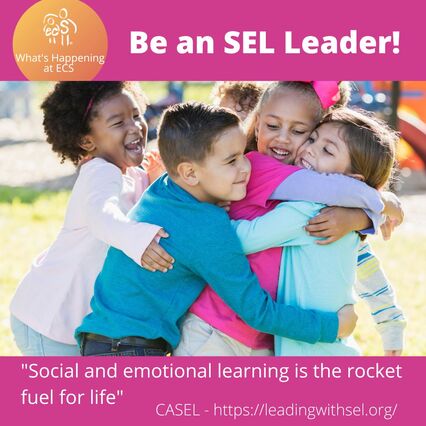 We want to help you lead the school year with SEL (social emotional learning)! According to the Leading with SEL Coalition facilitated by CASEL: “If you believe every child deserves...
As SEL leaders, we help children develop many social-emotional skills. This month we thought we'd focus on self-regulation, sharing some of our favorite tips. 1. Keep in mind that we are all works in progress, children and adults alike!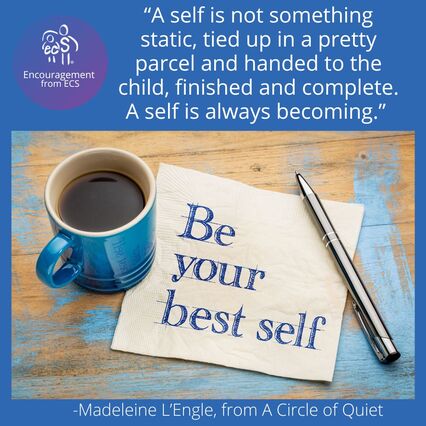 We adults have our own struggles with self-regulation, like controlling our emotions when we are tired, frustrated, feeling misunderstood, or when children’s challenging behaviors trigger our emotional buttons! We all have moments when our own self-control is challenged - and sometimes that is precisely when children need our guidance the most! When children’s behaviors “push our buttons,” we must calm ourselves before we can effectively guide them toward self-regulation.. What can you do to regain your composure?
To read more on topics such as Mindfulness, Self-Regulation, and the Power of Positive Guidance, see our previous blog posts. 2. Build children’s vocabulary of feeling words!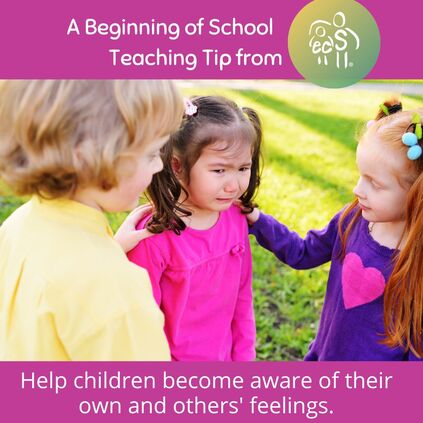 When we provide words for children’s feelings, we are giving them tools to manage their emotions and their behavior. We may even be boosting our own emotional intelligence by building our feelings vocabulary. Don’t be afraid to use big words with children. Go beyond happy, sad, mad, and scared. Help children understand exhilarated, dejected, exasperated, wary, and others. A feelings chart can be a helpful tool for children to identify and understand different emotions. Search online for free printable feelings charts for your classroom. Besides building a feelings vocabulary, you can use feelings charts in several other ways:
Our own book and toy set, EEPWORM’s Emotional Day, is another tool for building a feelings vocabulary. We provide 15 different feelings words in our note for parents and teachers to guide your discussion about the emotions in the story. You can watch story times of both our eepworm® books on YouTube at (https://www.youtube.com/channel/UC_WzmpQIN_N8bTgPHX2U72w). The notes to parents and teachers are included only in our printed books (available for purchase at our online store at https://www.earlychildhoodspecialties.com/store.html). 3. Recognize how gradually self-regulation develops! Young children don’t already know how to self-regulate when they join a school or child care setting. They may not yet have the ability or the communication skills to let us know what is wrong, much less to handle it appropriately. Our primary responsibility as caring adults is to meet the basic physical and emotional needs of young children. At first, children need our constant support. For a helpful description of self-regulation, see this short video from Empowered to Connect: https://www.youtube.com/watch?v=INGgzIO7vOY Eventually children learn to behave appropriately more of the time, even without us. This process of self-regulation happens very gradually from infancy to young adulthood, and it requires lots - and lots - of guidance and practice. Self-regulation takes such a long time because of all the skills involved and because it depends on the children's developing social, emotional, and cognitive skills. Here are some examples of self-regulation skills that children learn over time:
For their emotional development and well-being, children need lots of help from adults to learn to self-regulate. Our role is to build children's capacity for self regulation. We provide this "capacity-building" not only through direct instruction, but also through the many ways we support children's social emotional learning. -Follow Early Childhood Specialties on social media for tips on how to help children learn and practice self-regulation and healthy social and emotional skills. -See our previous blog posts on self-regulation -Share with us your thoughts and experiences about self-regulation! 4. Support children’s self-regulation with fun movement activities!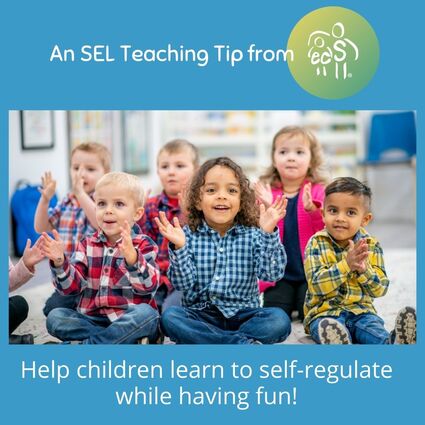 Self-regulation is a complex process that allows children to appropriately respond to their environment. It helps them manage their emotions, thoughts and behavior. Keep in mind that self-regulation: -Develops gradually -Includes physical, emotional, behavioral and cognitive (thinking) skills -Takes lots of practice and repeated learning opportunities -Requires intentional planning by teachers, caregivers and parents. Following directions is one of the self-regulation skills that develop over time and with experiences. Music and movement activities are a fun way to help young children learn and practice self-regulation. Here are a few to try:
Over time, fun activities such as these improve overall listening skills, planning when to move and when to stop, and self-regulation. Playing interactive games with your children also increases emotional connection! Having your children watch a video version of activity songs is a missed opportunity to connect and communicate - get active with them instead! We probably don’t need to remind you that songs, games, and social emotional activities are not a break from learning in classroom settings. They are an age-appropriate way to teach young children self-regulation skills essential to learning in any environment. Rest assured that when you provide these fun experiences you are indeed helping children learn valuable skills! Share with us your favorite fun ways to help young children learn to follow directions! 5. Create a climate conducive to the 4 C’s!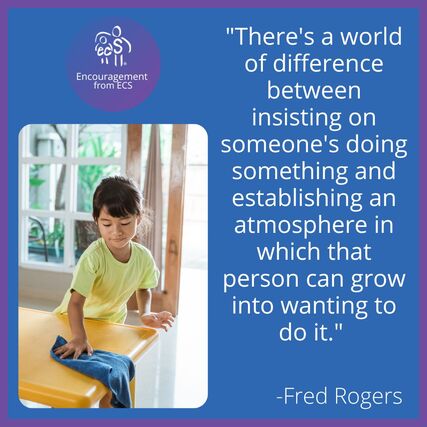 The climate in the classroom, home, or caregiving setting should be one of loving support, safety and acceptance. Young children will learn and thrive when adults control the climate, keeping in mind the 4C’s! Our own model, The 4 C’s Framework of Emotional Support, can guide adults in giving children what they need both when they are upset and when they are calm. The first 3 C's are things children need when they are distressed: connection, calming and compassion.
The 4th C is capacity-building of self-regulation. When children are calm and ready to learn, adults can build their capacity for self-regulation and resilience by teaching them what to do instead and applying other strategies and environmental supports to help them handle future challenges. To learn more about our 4 C’s Framework of Emotional Support:
6. Teach children self-regulation skills, such as following directions!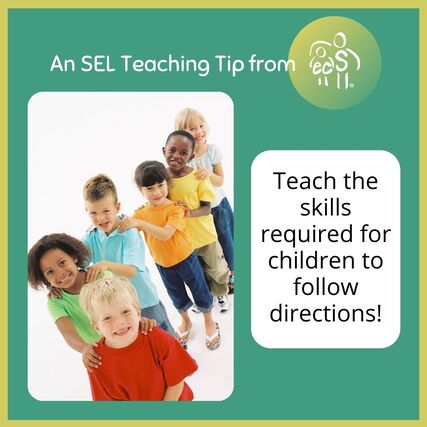 Following directions can be considered a self-regulation skill, but before children can follow directions, they may need specific instruction to learn what is being asked of them. One example that Diane and I (Marjorie) talked about recently was “lining up”. Typically that is not something children need to know at home, or prior to coming to school. It is something that children are expected to “know”, or quickly learn when they begin school, or in any group childcare setting. Teach what lining up means and why we do it: to walk down the hall, to stay safely together with our class, to take turns at the water fountain or slide… Try these activities to teach, support and practice following the direction to “Line up!”
Share with us your favorite ways to teach children to “Line Up”! How can you add learning, variety and fun to this routine activity? 7. Model self-regulation skills, such as showing self-compassion!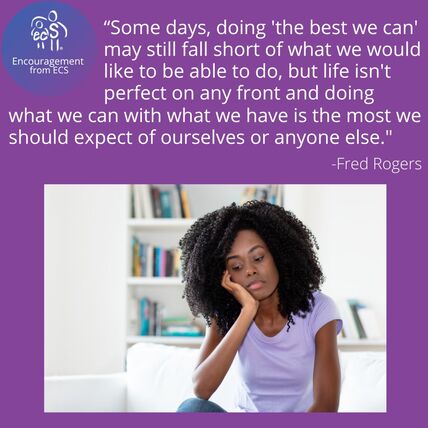 Showing self-compassion means accepting our own limitations, giving ourselves credit for how far we have come toward a goal, or that it is time to rest and recharge until another day. When we show self-compassion, we are not only improving our outlook on our own lives; we are also providing a model for children learning to show compassion to themselves and others. We can model and verbalize acceptance of our efforts and abilities: “We practiced really hard today!” “I did the best I could!” We can be the voice encouraging young children until they can provide their own voice of encouragement and self-compassion. After all, children are soaking up the how-to’s of life from the models they see and hear. It’s not always a “lesson” or an intentional response that leads children to develop social and emotional skills. Showing self-compassion has other benefits for us and our children as well. How we see ourselves and accept our own limitations have much to do with how we treat others, whether we are willing to try new things, and how we continue to learn throughout our lives. -Show self-compassion at the end of the day by thinking of things you did – even the smallest steps. -Share how to do this positive reflection by talking with your children about things they did, learned, or practiced that day. -How can you show self-compassion using positive language? References & Resources Conscious Discipline. (n.d.) https://consciousdiscipline.com/consciousdiscipline.com/
Devereux Center for Resilient Children (DCRC). (n.d.). https://centerforresilientchildren.org/ Leading with SEL. (2022). Collaborative for Academic, Social, and Emotional Learning. leadingwithsel.org/ What is Self Regulation? (Mar 29, 2022). Empowered to Connect. www.youtube.com/watch?v=INGgzIO7vOY As the new school year approaches, we want to share some of our favorite SEL strategies for starting off strong. Social emotional learning is a sturdy foundation on which children's success in learning - and in life - is built. We hope you find our tips helpful as school starts, or at any time of the year! 1. Find your inner calm!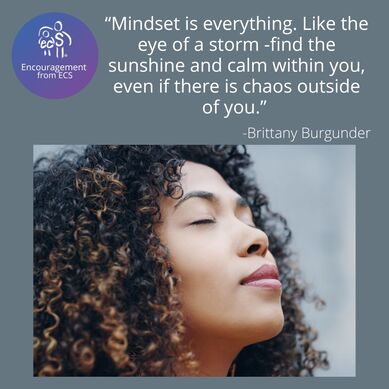 Calm may not be the word that comes to mind when thinking of a classroom of young children, especially in the first days of school! Practicing your own self-regulation skills to keep calm during times of stress will help you be better able to help your children feel safe. Modeling the strategies you use to calm yourself and self-regulate not only helps you, it also supports young children as they begin to learn these important skills for themselves. Below are just a few ideas to try. For more mindfulness activities, see our previous blog posts. Breathing: Help children learn breathing exercises to calm themselves, and be mindful of your own breathing. When your body or a situation tells you, “I need to take a breath,” try "box breathing": Step 1: Breathe in counting to four slowly. Feel the air enter your lungs. Step 2: Hold your breath for 4 seconds. Try to avoid inhaling or exhaling for 4 seconds. Step 3: Slowly exhale through your mouth for 4 seconds. Step 4: Repeat steps 1 to 3 until you feel re-centered. Movement: -Take a brain break with the children by leading a movement activity aimed at calming -Take a walk outside (either on a break, or with children during outdoor play) -Practice simple stretches (like reaching for the sky, touching your toes, arm or neck circles). Re-centering: Have a touchstone, a physical object that reminds you of being centered. It can be a piece of jewelry that you wear, a family photo, or written words that serve as a reminder of core values, or a goal. For a child, it may be a comfort item (like eepworm!) or words of re-assurance such as, “You are safe. You can handle this. I am here to help you.” How do you find your calmness in stressful situations? Please comment below! 2. Begin by creating connections with children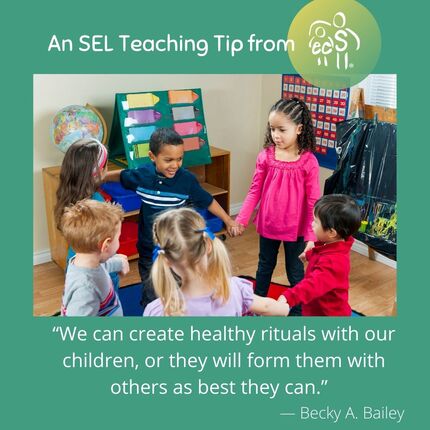 Here are some ways to make connections with each of your children at the beginning of the day. Do what works for you and the children you care for. If children enter the room from a hallway, greet children as they enter. While there are charts available with greeting choices, it may be best to make or modify your own. Limit choices and have children give input as to their favorites to include. Choices can be changed or added over time. Choices can include:
After the morning greetings, create opportunities to connect with each child throughout the day by playing connecting games with them. For ideas for connecting activities with children, see our previous blog posts. We also highly recommend Dr. Becky Bailey’s book, I Love You Rituals. 3. Help children connect with friends!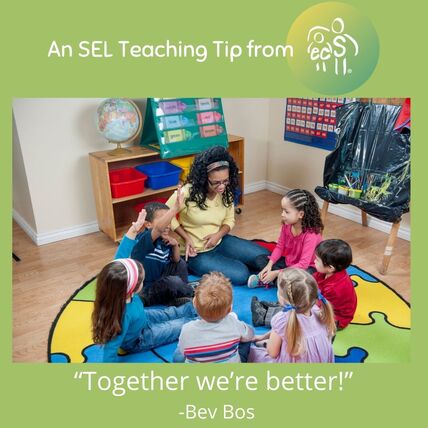 Imagine how young children feel when they will be going to a new class or school, especially if the experience is totally new for them! We can help children adjust to these new situations by including activities that strengthen peer relationships and nurture important social-emotional skills. Here are some of our favorite ways to help children get to know new friends at school: -Make a class book with pages picturing every student. Children love recognizing and naming classmates. -Practice name games, like singing, “My name is Miss Marjorie.” Children echo, singing back, “Her name is Miss Marjorie.” Continue with everyone’s name. -Help children make friends through stories. “Meesha Makes Friends” is a book by Tom Percival, author of the Big, Bright Feelings book series. In the beginning of the story, Meesha is happy to “make friends” out of paper and craft materials, but not as comfortable talking to other children. Sharing this book can open a discussion with preschoolers: “How did Meesha “make a friend”? How do you make friends?” Children can also “make a friend” like Meesha and Josh in art! -Guide children through role playing. “What do you say when you want to play with someone else? When you want a turn to play? When you need help? When someone asks you if they can play with you? How do you feel when someone shares a toy with you or gives you a turn?” How do you “coach” children through making friends with classmates? Share with us your favorite name game or connecting activity! 4. Help children meet all the adults in their school family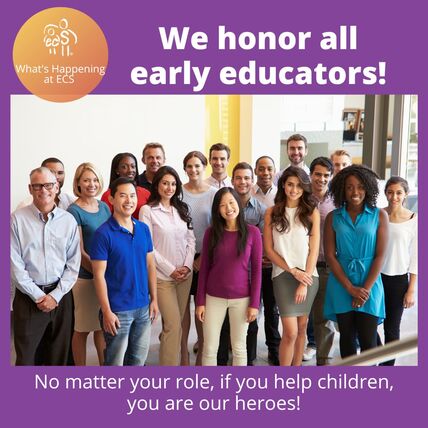 When we talk about the school family, we are referring to children and those who support and care for them, providing a safe and supportive place in which they can grow and learn. We can help children feel safe by introducing them to all the adults who work in their school or child care program. We can provide opportunities for the children to connect with each adult, not only at the beginning of the school year but throughout the months. If we notice and point out the adults contributions, the children will begin to do the same. Here are a few ideas that may to reinforce these connections and the children's sense of appreciation: -Make a book of the people at school, explaining everyone’s jobs and emphasizing that they are all a valuable part of the school family. -Help children show appreciation for all the people who take care of them at school. Assist them in drawing or writing notes of thanks, especially when school family members do something above and beyond their duties. 5. Make the most of your morning routines - before and during school 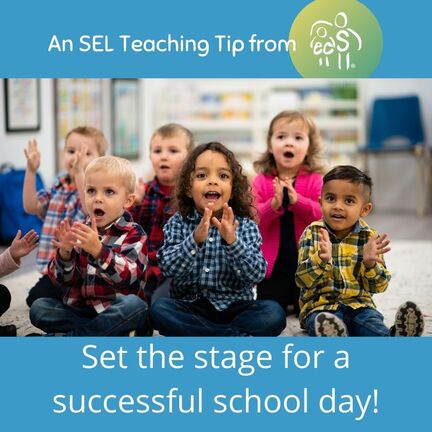 Mornings can be hectic for families at home, in the car, and at drop-off, especially at the beginning a new school year! Take a deep breath and guide your children to school or child care by sending the calming message that ``It's gonna be a good day!” Try to keep the before-school morning routine as consistent as possible. As you dress or prepare for the day, talk through any special activities your children can look forward to, like telling them that you packed their favorite snack! Connecting games can be incorporated into the morning drive. Sing favorite songs together or look for familiar places along the way. At school, share a hug or handshake that is special to you and your children. If possible, walk your child to their teacher or caregiver. If your child is upset at your leaving, show compassion, focus on safety and provide a connection before you leave. You may say, “I see you are feeling scared that I am leaving. You are safe here at preschool, and your teachers will keep you safe and help you learn and play today!” Let’s take a big breath and say “Have a great day!” At school, teachers and caregivers can begin the day with consistent routines. For young children, a familiar “Good Morning” song can be an opportunity to individually greet and connect with teachers and other children. Keeping the daily schedule as predictable as possible helps calm the children's uncertainties as to what is going to happen. Posting a picture schedule and reviewing it during every transition can ease children into the school routine until it becomes familiar. 6. Set goals and take action on them every day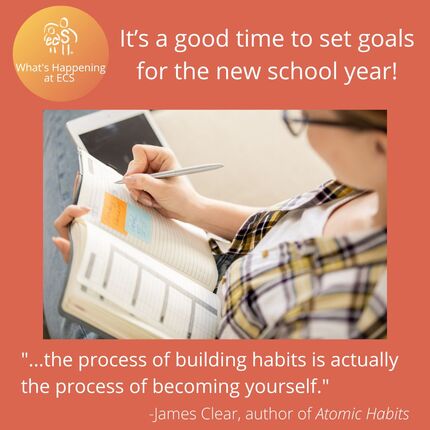 The beginning of a new school year is a good time to set goals. For myself, I find setting goals much easier than accomplishing them! If you struggle with taking action toward your goals as I do, perhaps you can try what I'm trying: start with small steps. I got this idea from a book I recently read, Atomic Habits by James Clear. Another piece of valuable info in the book is this: the best way to change a habit is to focus on the person you want to become. So I’ve started telling myself, “I’m the kind of person who…” Here are some of my personal examples: -I’m the kind of person who follows through in a timely fashion when I say I will do something. -I’m the kind of person who completes projects I start -I’m the kind of person who reaches out to help others NOTE: I don’t have any of these identities yet! But I want to be the kind of person who does those things - and much, much more. And I’m finding James Clear’s idea of focusing on identity to be a helpful way to start. I hope it will be helpful for you, too. Here are some identity ideas to get you started, based on my 4 C’s Framework of Emotional Support. Perhaps you would like to be: -a connected teacher, who builds strong, caring relationships with each and every child -a calm teacher, who uses deep breathing and other stress relief strategies regularly as part of your self-care -a compassionate teacher, who is empathetic toward all your children, especially the challenging ones For more info about these 3 C’s and the 4th C as well (Capacity-Building of Self-Regulation), see my blog posts from May and June of this year We hope you found some of these ideas helpful. Please share your own if you are willing.
All of us at ECS are wishing you a wonderful school year! Written with Kristen K. Carroll What is Social Emotional Learning? According to Committee for Children, "Social-emotional learning (SEL) is the process of developing the self-awareness, self-control, and interpersonal skills that are vital for school, work, and life success." www.cfchildren.org/what-is-social-emotional-learning/ To celebrate SEL Day, we're sharing five ideas for promoting SEL in your classroom, program, school, or home:
4. Provide practice of problem-solving. Problem solving skills take a lot of practice and can be learned through opportunities for peer conflict resolution. Encouraging children to attempt to figure out how to solve a problem on their own promotes independence and self-confidence. Practice can also come from discussing scenarios and providing feedback on various solutions. When children learn to have healthy discussions and use active listening, they develop respect for others' opinions, even when they disagree. In my preschool classroom, I taught children a simple method of problem-solving. I coached them through the process, and eventually they could solve problems themselves!
Social development is the gradual gaining of the skills, attitudes, relationships, and behavior that enable children to interact with others. Social play happens when children are playing with adults or with other kids.
Sociodramatic play is an especially valuable type of play. Besides having fun (which has value in itself!), children learn social skills that include: communication, cooperation, problem-solving and perspective taking. Research shows that these social skills help children succeed in school and in life, too. (Caprara et al.) For children to best learn social skills through play, they need lots of opportunities to play with other children, of course. But they also need support from sensitive adults. Here’s why:
We can support children’s social skill development by playing with our kids and modeling the positive social behaviors we want them to use. We can also teach them social skills using a technique called “scaffolding” - giving just enough help at first to build new skills, then letting them do more and more on their own. Here are some ways to support young children’s development of social skills: Communication
CooperationExplain what cooperation looks like in different play situations:
Problem-solvingWhen children play together, conflicts are inevitable. Help kids learn to solve problems collaboratively by teaching them to negotiate. Here are the steps in successful problem-solving: Perspective-takingWe can help children understand the perspective of others by pointing out:
References:
Caprara, G. V., Barbaranelli, C., Pastorelli, C., Bandura, A., & Zimbardo, P. G. (2000). Prosocial foundations of children's academic achievement. Psychological Science, 11(4), 302-306. Forrester, M. M. & Albrecht, K. M. (2014). Social emotional tools for life: An early childhood teacher’s guide to supporting strong emotional foundations and successful social relationships. Houston: Innovations in ECE Press. Lancy, David F. and Grove, M. Annette, "Marbles and Machiavelli: The role of game play in children's social development" (2017). Sociology, Social Work and Anthropology Faculty Publications. Paper 621. https://digitalcommons.usu.edu/sswa_facpubs/621 White, R. E. (2012). The power of play - A research summary on play and learning. For Minnesota Children’s Museum Smart Play. https://www.childrensmuseums.org/images/MCMResearchSummary.pdf |
AuthorI'm Diane Goyette, a Child Development Specialist, Trainer, Consultant and Keynote Speaker. I'm excited to share my blog! Archives
August 2023
Categories
All
|
|
Ways to Contact Us:
Schedule an Appointment |
|
Follow earlychildhoodspecialties for encouragement, teaching tips and more!
|
Follow eepworm for child-friendly posts!
|
© 2013-2024 Early Childhood Specialties LLC. All rights reserved.

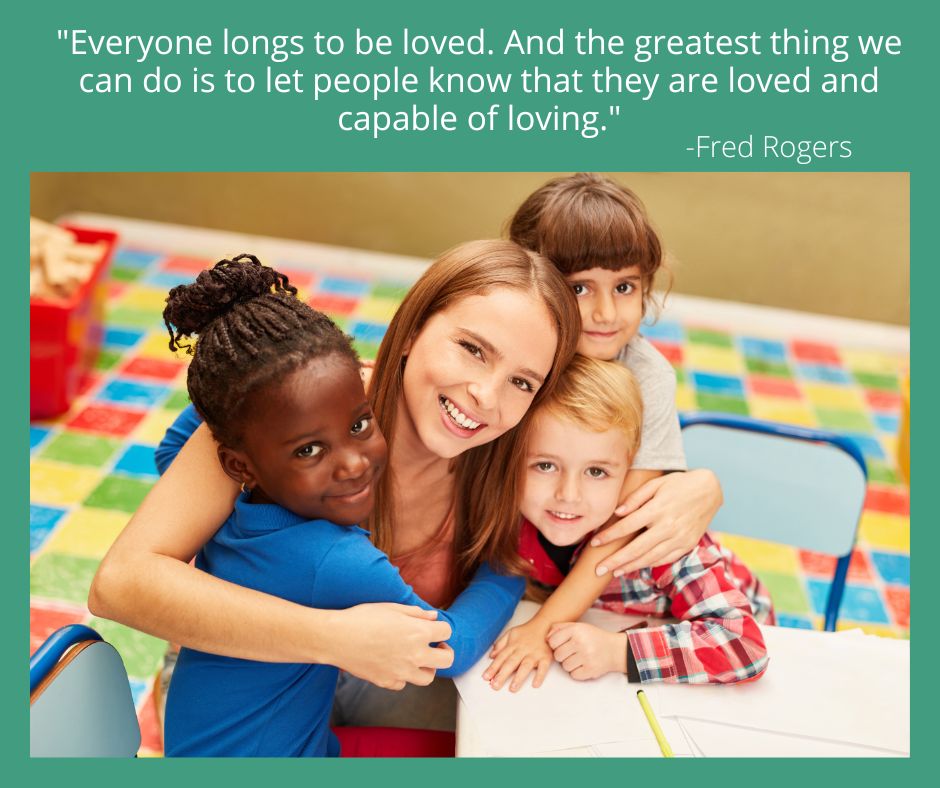
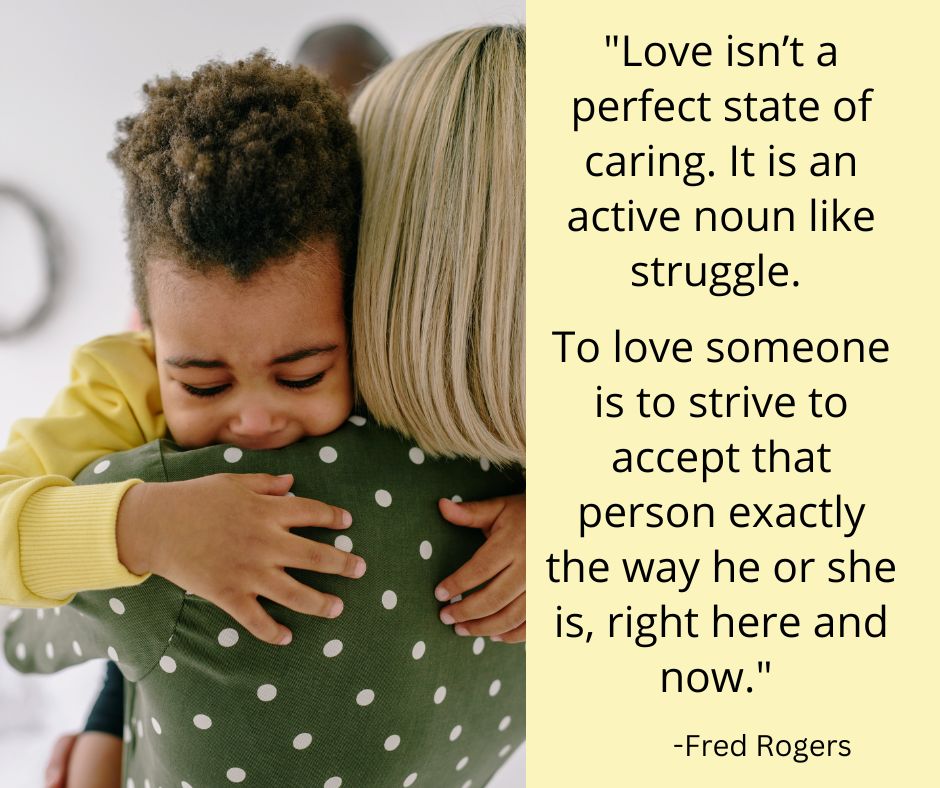

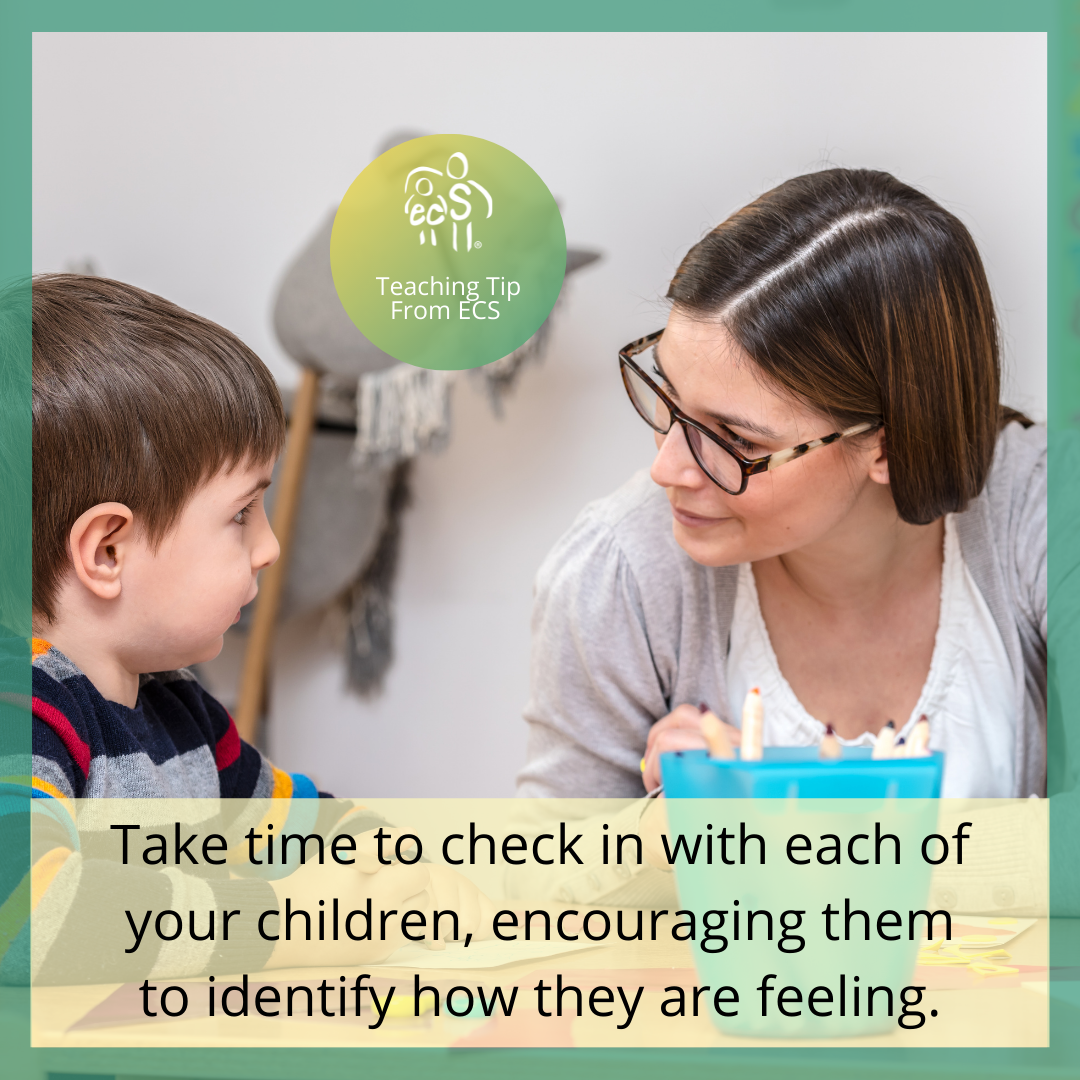
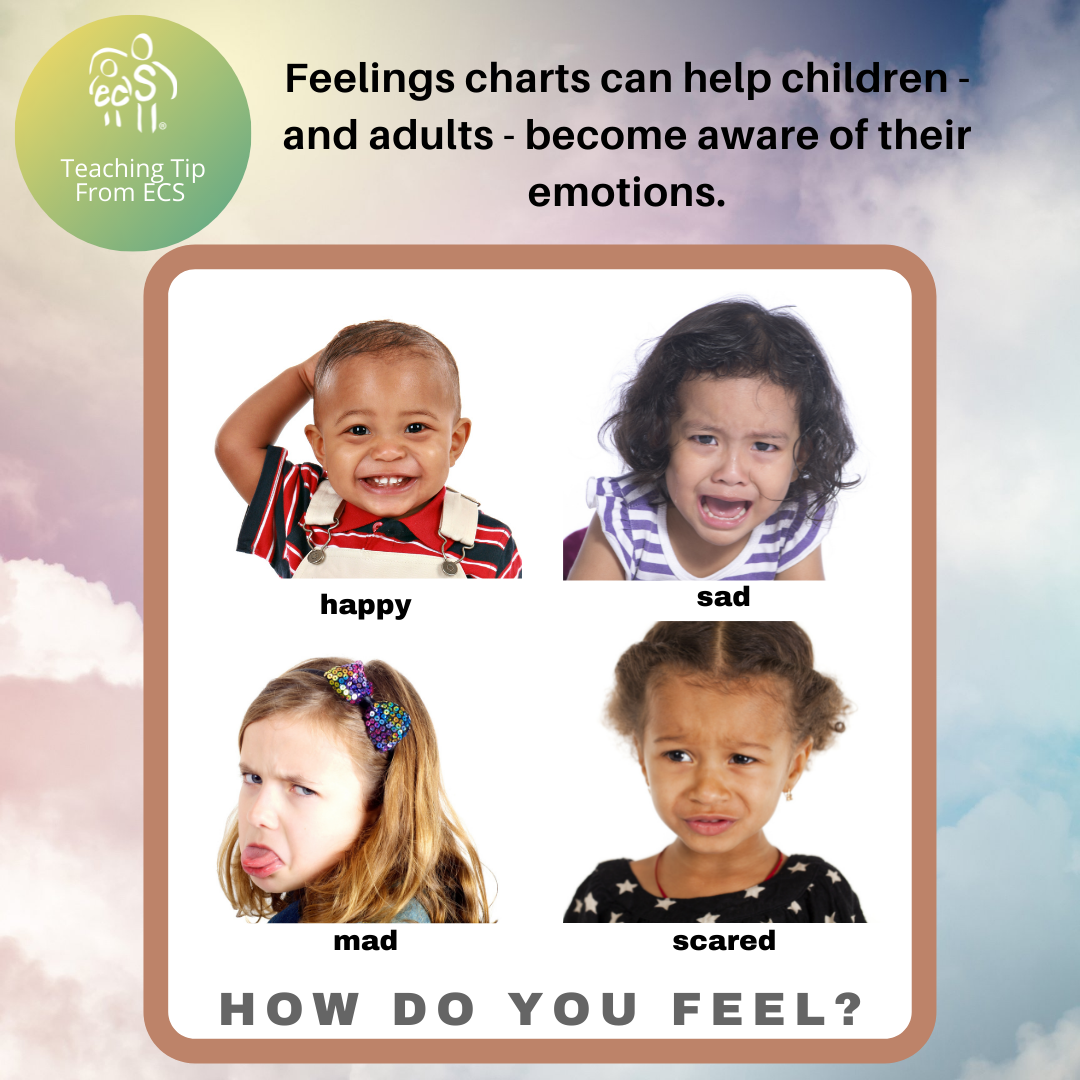
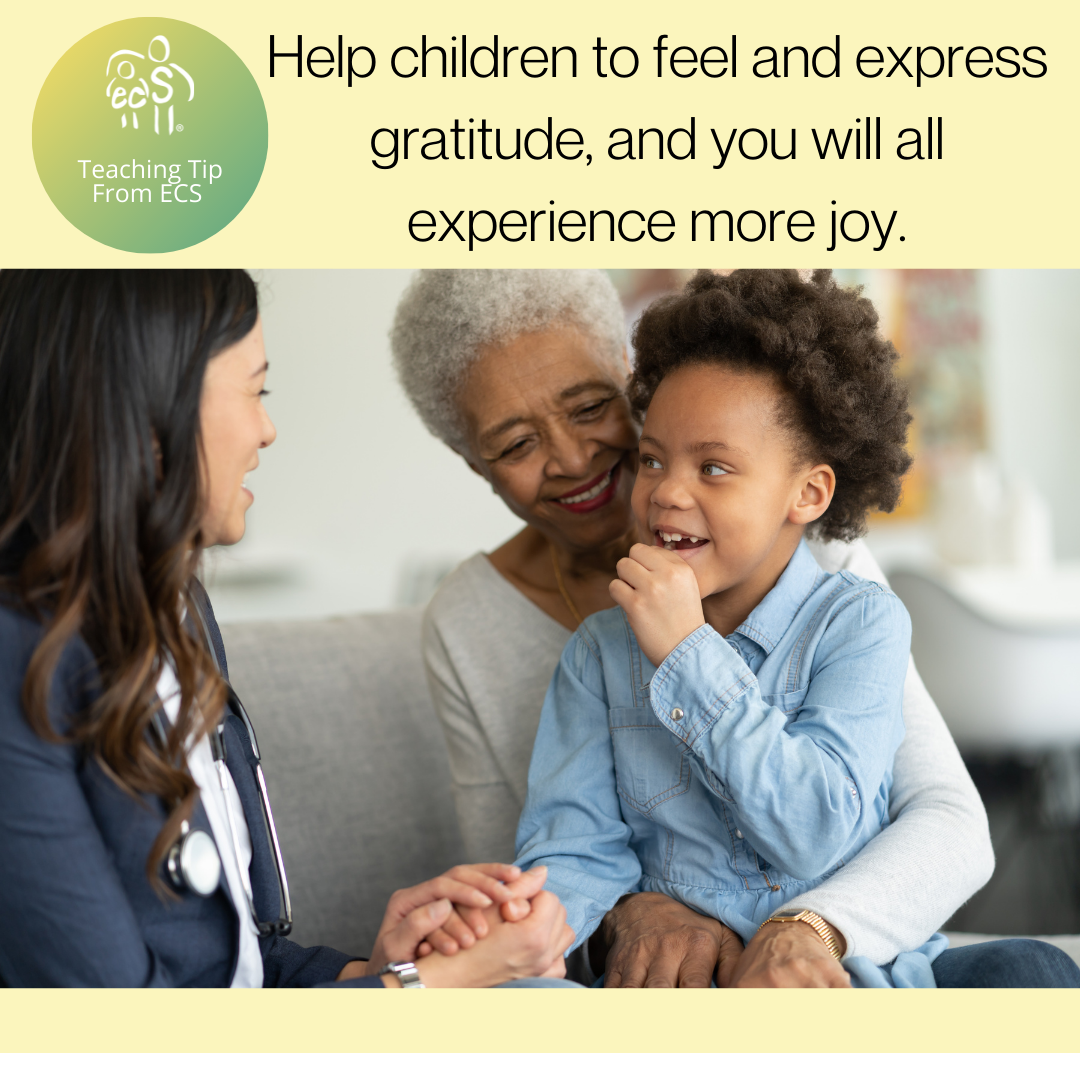
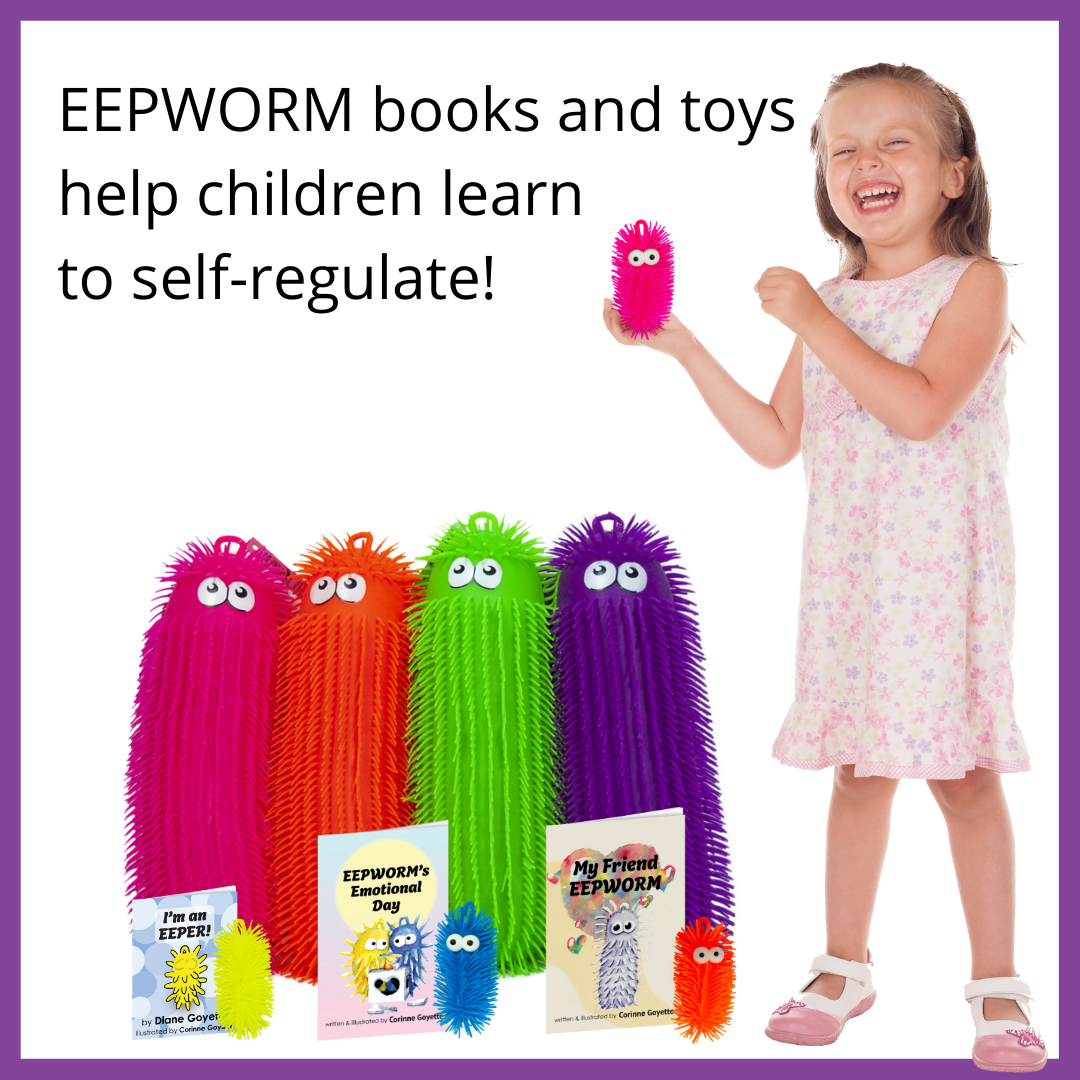
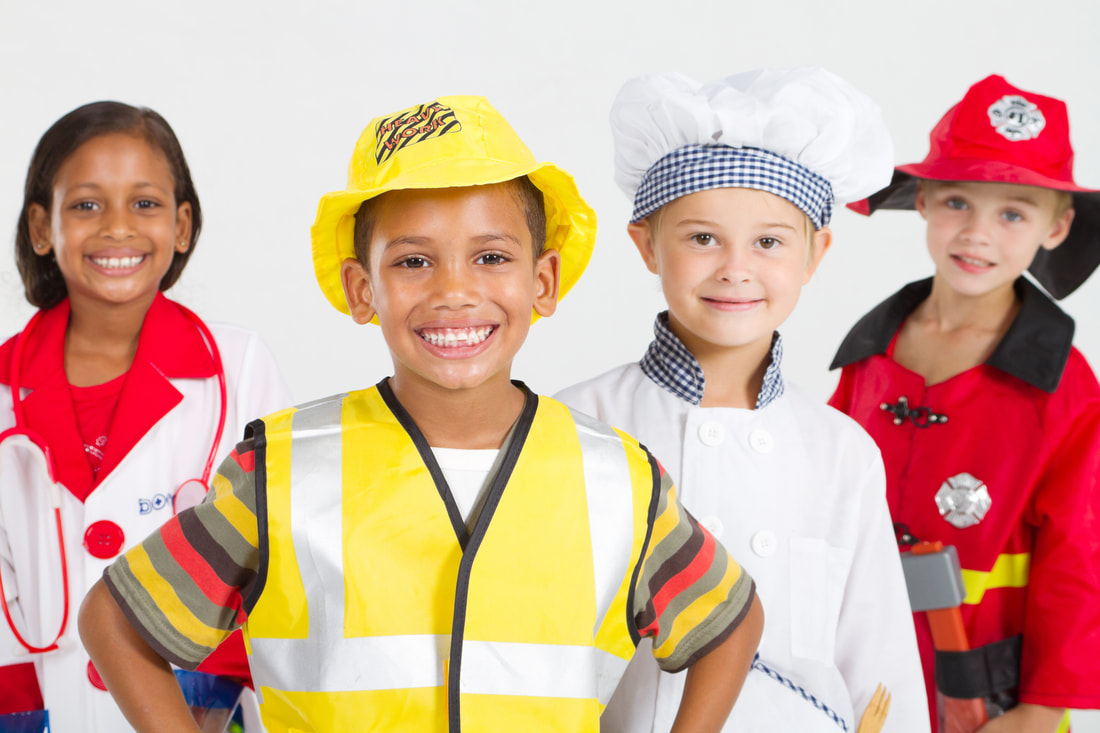
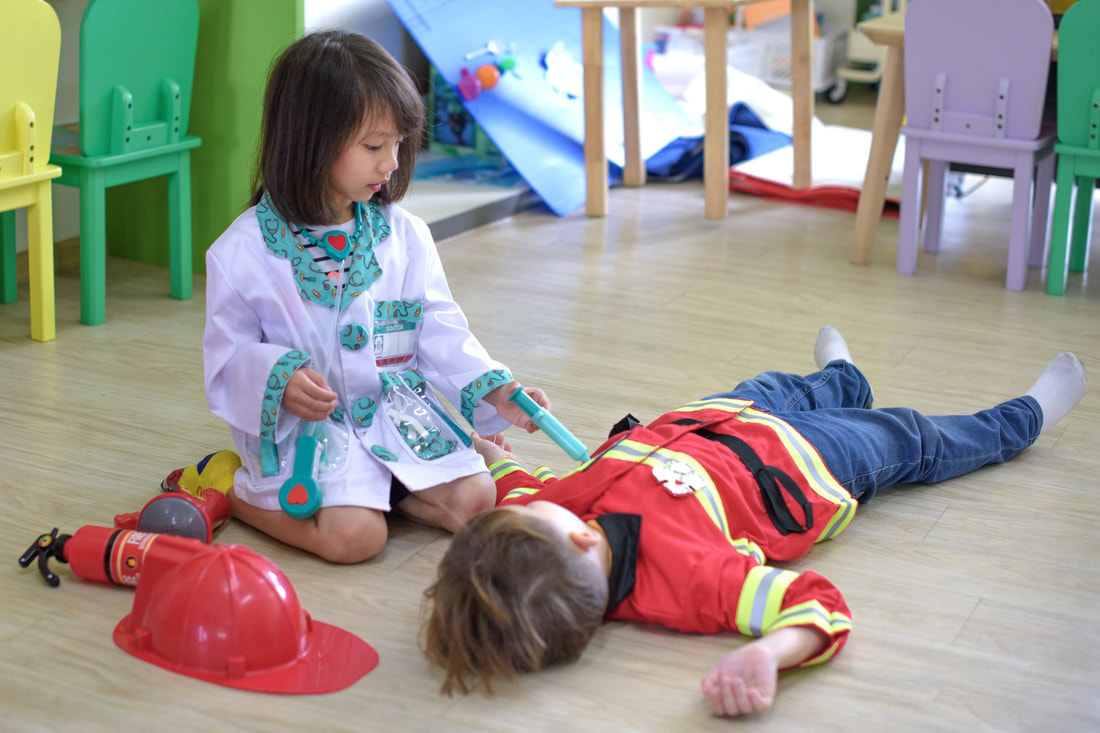
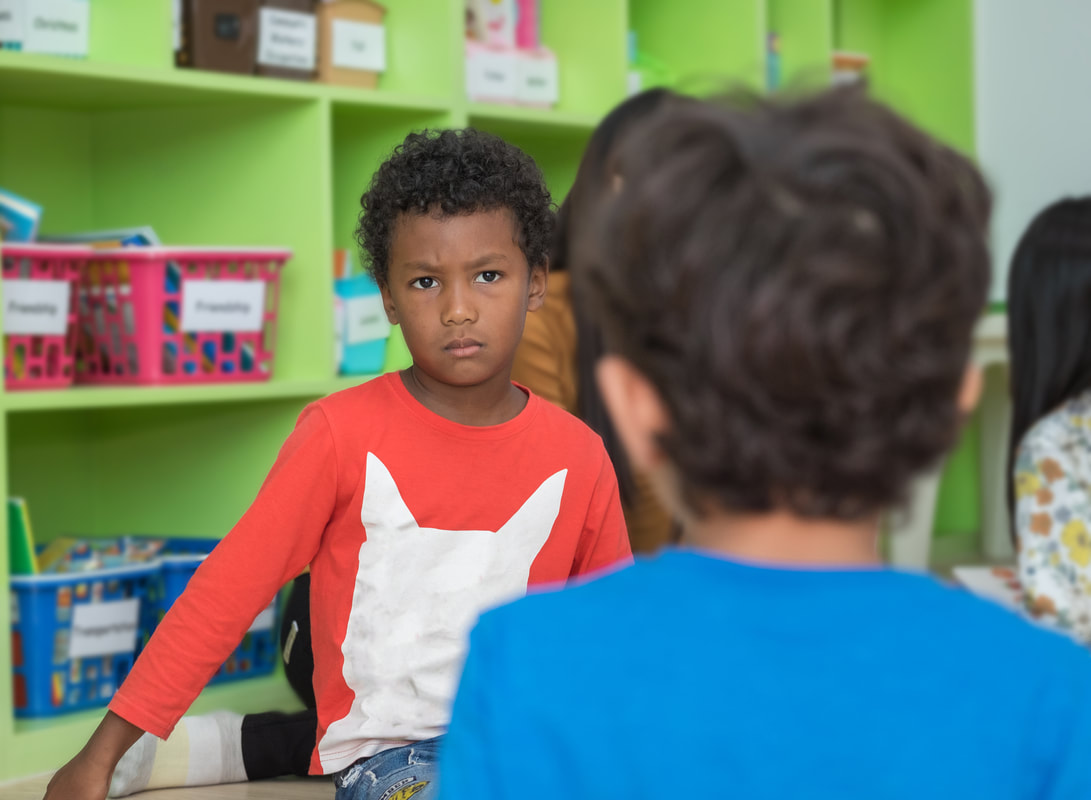
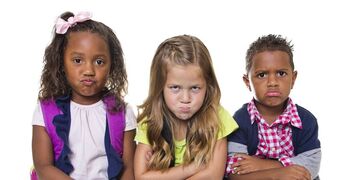
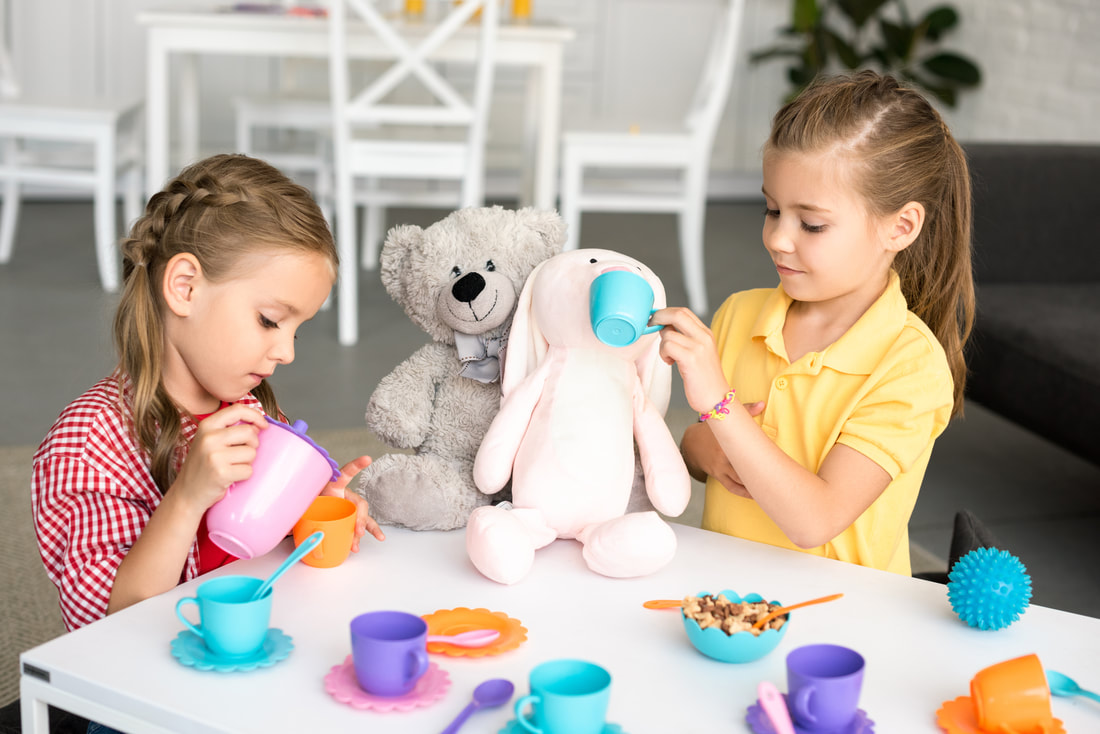
 RSS Feed
RSS Feed